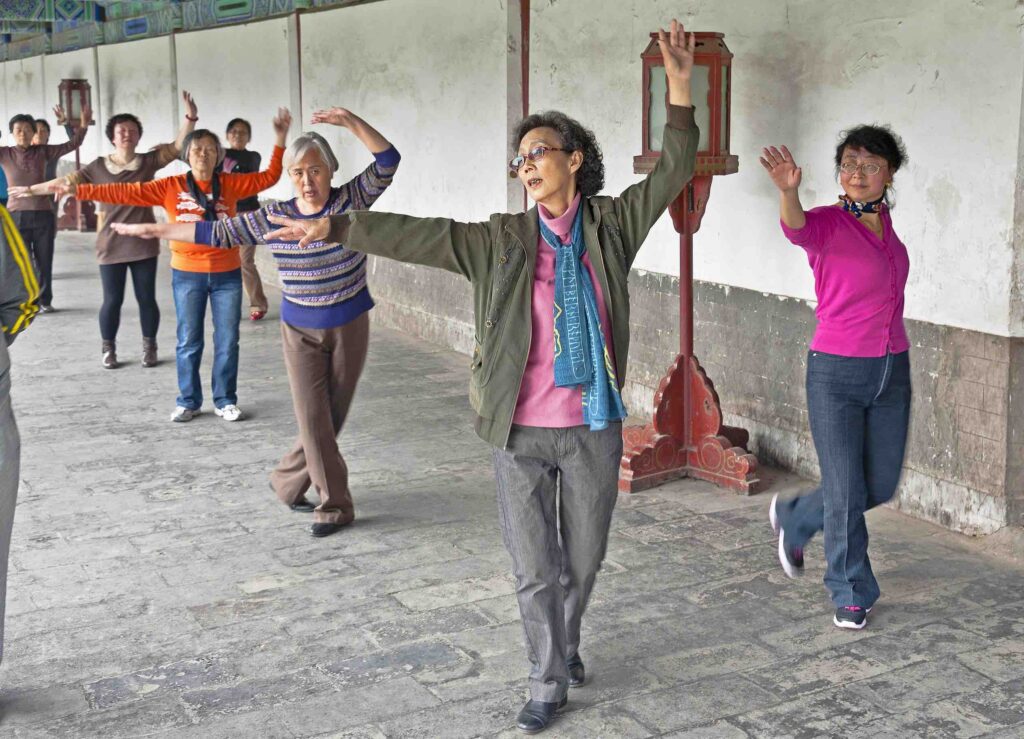Dancing can be a way to connect not just with other dancers but with your culture and community. For example, dance is central to the cultural identity of indigenous tribes—and was banned at certain times in history alongside other indigenous cultural practices. Professor Sean Asiqłuq Topkok founded an Inupiaq dance group in Fairbanks, Alaska, to share his tribe’s traditions with young people, including values like humility, cooperation, and respect for nature.
“Traditional stories, including those conveyed through drumming and dance, can provide a meaningful educational approach for transmitting cultural knowledge, wellness, and identity to youth and future generations,” he writes with coauthor Carie Green in a 2016 book chapter.
Another book chapter from 2019 describes how West African dance to the djembe drum can help African Americans restore a connection to their culture and identity. Dance was also suppressed on slave plantations in the U.S., and reclaiming it alongside a community of other African dancers can help people experience healing amid the current realities of discrimination and racism, argue Ojeya Cruz Banks and Jeanette “Adama Jewel” Jackson.
“Regaining cultural fluency in West African dance can be a critical part of cultural, emotional, and spiritual restoration,” they write.

Dance for health
Inspired by the mental health benefits of dance, a specific form of therapy called dance movement therapy emerged in the mid-1900s. It comes in many forms, but clients often use movement to observe patterns in themselves, act out challenges, and express emotion. Research suggests that dance movement therapy can help with depression, trauma, nervous breakdowns, chronic pain, and more.
Even if you don’t do formal dance movement therapy, dancing seems to be good for depression and anxiety all by itself. In a 2012 study, nearly 100 people with depression were split into three groups who learned tango, practiced meditation, or were on a waitlist for six weeks. The classes met for 90 minutes a week. Based on surveys, both tango and meditation helped decrease people’s depression compared to the waitlist group, while tango reduced their stress, as well. Afterward, when researchers offered participants a voucher for tango or mindfulness classes, 97% of the participants chose the free dance lessons.
